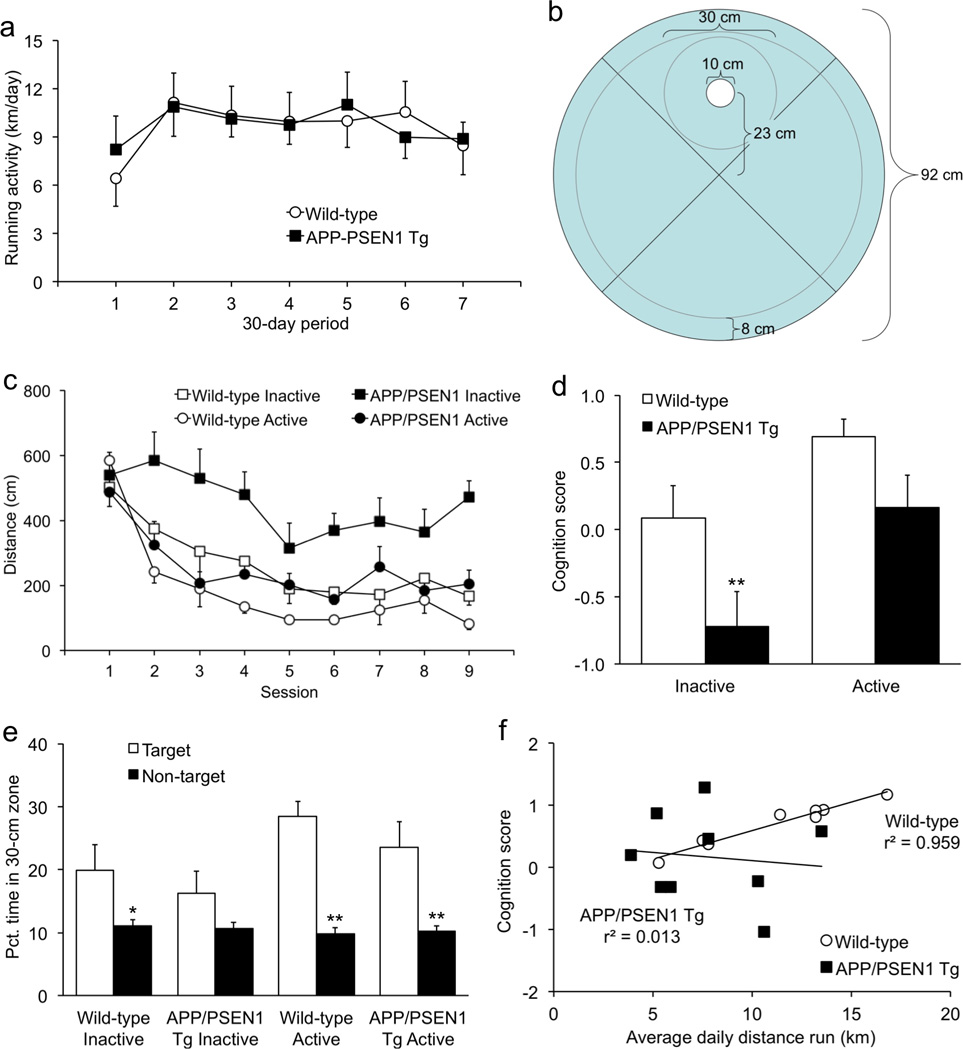Figure 2. Cognitive performance is tightly associated with running in wild-type mice but not APP/PSEN1 transgenics.

(a) During the first month of access to the running wheel, APP/PSEN1 transgenic mice ran nearly twice as much as wild-type control mice, although the difference was not statistically significant. For the rest of the study, wild-type mice increased their output to transgenic levels. (b) Diagram of water maze configured for more precise measurement of memory. A 30-cm zone is used to measure memory for the platform location. (c) Sedentary APP/PSEN1 transgenics had significantly impaired spatial learning compared with wild-type controls. Transgenics allowed to exercise freely had significantly improved performance. (d) A cognition score calculated from asymptotic performance during acquisition and precision during the probe trial was significantly lower in sedentary transgenic mice. (e) Sedentary transgenic mice did not spend more time in the target 30-cm zone than in the mean of equivalent zones in the other three quadrants. In contrast, mice in the other three groups all showed selective search for the target zone. (f) The cognition scores were significantly correlated with running in wild-type mice, but not in APP/PSEN1 transgenics. *p < .05; **p < .01.
